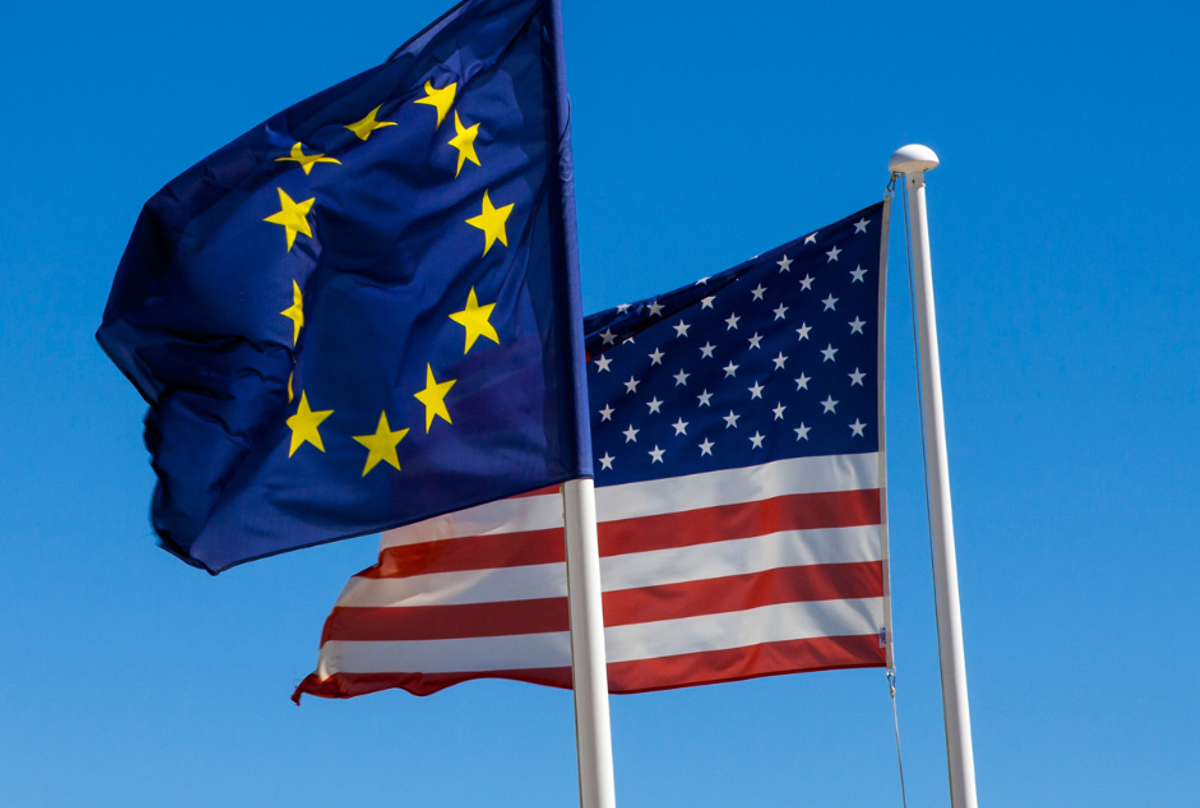Market Segment

November 16, 2025
Leibowitz: What happens if the Supreme Court rules against Trump's IEEPA tariffs?
Written by Lewis Leibowitz
The whole world waits for the Supreme Court to rule on the validity of President Trump’s International Emergency Economic Powers Act (IEEPA) tariffs. Meanwhile, the ground is shifting. Just this past week, the president changed the direction of tariff policy. He belatedly concluded that taxes on imports of products that we don’t make in the United States are inflationary
Announced deals with Ecuador, Argentina, and other Latin American countries led the president to eliminate tariffs on bananas, avocados, coffee, oranges, and tomatoes from those countries. The order cited inflated prices in supermarkets as the basis for the move.
The Democratic party’s successes in the recent off-year elections were a motivating factor in the president’s decision. If the US does not make (or does not make enough of) any products to satisfy domestic demand, the same analysis should apply. And that includes things like steel, aluminum, and semiconductor chips.
Perhaps the easiest cases to make are consumer products on grocery store shelves. Ahead of the elections, politicians bombarded voters with information regarding food prices. One result: food products that are generally not made in the US and are supplied by countries not named China will have the least domestic political resistance. But the principles apply across the board. And they include products not only in grocery stores but also in American factories and farms. If the US eliminates tariffs, our trading partners, including China, will surely reciprocate. Agricultural products (such as soybeans) will be purchased in those countries in exchange for tariff relief.
Let’s say the Supreme Court decides the reciprocal tariffs imposed under Trump’s asserted authority of IEEPA are not lawful. What then happens to these trade agreements? We don’t know for sure. The Trump administration uses apocalyptic language to describe the consequences. But the reality will likely be different. Price increases will be moderated by the elimination of the IEEPA tariffs, but other tariffs will remain. Some agreements might change in their details, but their purpose will remain – forging mutually beneficial and predictable trading relationships with adversaries as well as with friends.
Because the text of these trade agreements has not been revealed, there is much uncertainty about how they will be enforced. Constantly shifting tariffs at the whim of one person are the antithesis of predictable trading relationships. Because taxes are the way our government functions (the “power of the purse”), they must be subject to the vigorous participation of the three coequal branches of government: executive, legislative, and judicial. Congress is not likely to give its legislative power to tax and regulate foreign commerce to the executive branch and to preclude Supreme Court review of the president’s actions. If Congress did that, the Supreme Court might conclude that such a broad and unreviewable delegation of power is contrary to our Constitution. That is the case before the Court right now.
Which brings me back to the Supreme Court case Learning Resources v. Trump. The Court is poised to decide whether IEEPA allows the president to impose tariffs without congressional approval in response to a declared emergency. If the Court rules against the president, as appears at least plausible, the announced trade deals with dozens of countries will not work as written. Why? Because the US-imposed tariffs in those deals will be uncollectable.
That result from the Court is likely because the power to regulate foreign trade is separate from the power to impose duties. The Constitution says so: the power to regulate foreign commerce and the power to impose duties are separate. The power to “regulate” therefore does not subsume the power to impose tariffs. The founders did not want the president to be able to raise revenue without Congress. Therefore, interpreting IEEPA to allow this would likely be contrary to the Constitution.
The Supreme Court will not be able to rewrite the trade agreements, so an adverse decision would require the president (hopefully with congressional involvement) to undertake that task. The US will need to renegotiate trade agreements with our trading partners with non-tariff restrictions (such as quotas). Another option: the US could impose tariffs under existing authority. Namely, Section 232, Section 301, antidumping and countervailing duties, Section 122, or Section 201 of the Trade Act of 1974. And there are several other possibilities in addition to those.
All these existing laws require a proceeding to precede the imposition of tariffs, which makes immediate action difficult if not impossible. Or Congress could undertake to give authority to the president, within (of course) the constraints of the Constitution. The possible responses to an adverse Court ruling are many and varied. If there were a true national emergency directly threatening our national life, time would be very short. We have responded to such crises promptly in the past.
Fortunately, there is no such “true” emergency. The looming threat of debt is more immediate. And the loss of US manufacturing capability needs more than tariffs to fix, even if tariffs could play an important part in that. Any real solution must address both the causes of our problems and the consequences of any solution. With attention to the safeguards built into our constitutional system, the country can move forward. All three coequal branches of government must and will be involved.
Editor’s note
This is an opinion column. The views in this article are those of an experienced trade attorney on issues of relevance to the steel market. They do not necessarily reflect those of SMU. We welcome you to share your thoughts as well at smu@crugroup.com.







